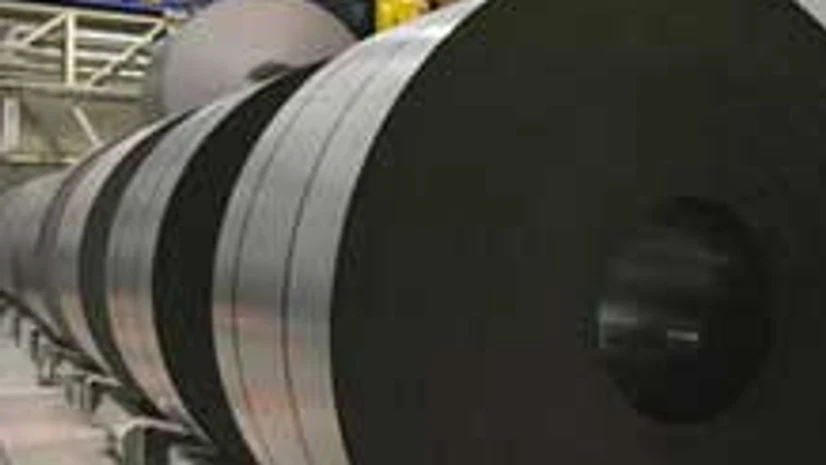The country's metals and minerals sectors are desperately hoping there is no further reversal in fortunes next year. Moody's Investors Service has a negative outlook for the two sectors, as it believes India's growth will remain weak at "5.5 per cent" in 2014-15. Moreover, it says the government will go on postponing "reforms needed to revive the economy". Any improvement in the outlook, Moody's says, will hinge on gross domestic product growth (GDP) exceeding six per cent and the 2014 parliamentary elections throwing up a reforms-focused government, with a "strong majority".
Till a few years ago, India's growth rate, next only to China's, invited considerable global attention. We saw Indian demand for steel and aluminium standing close to, or even exceeding GDP growth. Not any longer. In the first 11 months of 2013, Indian steel consumption growth stood at a disappointing 1.8 per cent. The steel scene has worsened since 2012-13, when demand growth was 3.3 per cent, at 73.3 million tonnes (mt). "This is unavoidable, as major steel-consuming sectors from automobiles and capital goods to infrastructure are facing rough times, reflecting a slowdown in the economy," says Steel Authority of India Ltd (SAIL) Chairman Chandra Shekhar Verma.
Aluminium, too, continues to fare poorly, both in terms of demand growth and prices, which closely follow London Metal Exchange rates and the variable premium. Vedanta Aluminium Managing Director Sushil Roongta says demand for the second-largest traded metal, after steel, will rise up to three per cent in 2013-14. "We are all hoping for an economic revival on the constitution of a new government. So, there is the promise of a booster for the languishing metals sector," says Roongta. JSW Steel Joint Managing Director Seshagiri Rao says growth in steel consumption in India depends on a revival in procurement from sectors such as automobile, real estate and construction. But with the Index of Industrial Production growing only 1.2 per cent between April and October, with October recording a fall of 1.8 per cent in growth, any immediate smart revival is unlikely.
Particularly disheartening is the 0.2 per cent fall in growth in the capital goods sector, a mainstay for steel and aluminium use, in the first seven months of 2013-14, and a 2.7 per cent decline in mining.
Dislocation in iron ore mining, resulting from court rulings, is hurting steelmakers without captive mines and exports. Vedanta Resources Chairman Anil Agarwal laments the fact that the Karnataka and Goa mining ban has left 100,000 jobless.
Meanwhile, next year's prospects for flat steel products are clouded by a 17.88 per cent fall in automobile sales-from 1,858,386 units in October to 1,526,438 units in November. The Society of Indian Automobile Manufacturers says the market is "challenging". It says, "We have to wait for the new government before any demand revival could happen." Car sales have taken a beating because of expensive fuel and high interest rates. Mineral-owning states except Rajasthan have postponed the allotment of new mining leases till the mines and mineral development and regulation Bill becomes an Act. This has hit sales of heavy and medium commercial vehicles. The downturn in the automobile sector coincided with Tata Steel commissioning 2.9-mt flat capacity at Jamshedpur.
SAIL, too, is building new auto grade steel capacity in haste. Verma, with his never-say-die spirit, says, "Steel will continue to experience periodic capacity addition in large blocks, while demand could grow only gradually. Surplus global capacity and China raising crude steel production 8.3 per cent between January and October make our steel exports a difficult proposition." World steel capacity use of 77.5 per cent gives an idea of the difficulties the industry is facing across continents. But thanks to industrial production in China rising 10 per cent in November on a year-on-year basis and that in the US improving 3.2 per cent in October, steel prices got a boost, albeit marginally. In Japan, industrial production increased 4.7 per cent in October, while that in the UK rose 3.2 per cent. This provided some stability to the steel market. From here, however, the likelihood of steel prices rising further is limited. Steelmakers do not see any downside either.

)
